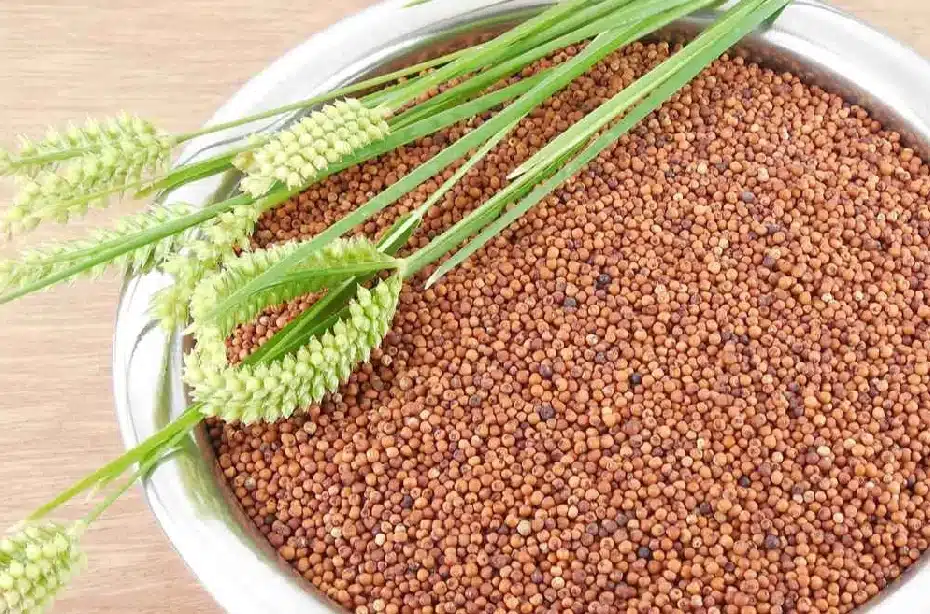Introduction
In recent years, there has been a remarkable resurgence of interest in traditional and indigenous crops, driven by the growing awareness of their nutritional and environmental benefits. Among these crops, millets have emerged as a staple that is reclaiming its prominence in Indian markets. Millets, a diverse group of small-seeded grasses, have been cultivated for centuries across various regions of India. This blog delves into the journey of millets, tracing their path from farm to table, and highlighting their significance in the modern Indian market.
Historical Roots and Cultural Significance
Millets hold a significant place in Indian history and culture. Traditionally referred to as “siridhanya” or “little grains of joy,” millets have been consumed by communities across India for generations. Their adaptability to diverse climatic conditions and minimal water requirements have made them a preferred choice in arid and semi-arid regions. Millets have not only sustained rural populations but have also been linked to cultural practices, festivals, and rituals.
The Journey of Millets:
- Farm to Field: Millet Cultivation
- Millet cultivation is labor-intensive and begins in rural fields across India.
- Suitable land is chosen, and soil preparation is done to create a conducive environment for growth.
- Seeds are sown, and crops are tended to throughout their growth cycle.
- Millets’ resilience and adaptability make them well-suited to various climatic conditions.
- Harvest and Post-Harvest Handling
- Once mature, millet crops are harvested by hand, following traditional techniques.
- Harvesting times and methods are passed down through generations to ensure optimal results.
- Post-harvest, grains are separated from the plants using methods like threshing and winnowing.
- Skilled handling is crucial to ensure grain purity and quality.
- Modern Processing and Packaging
- Millets proceed to modern processing facilities for cleaning, polishing, and, at times, milling.
- Milling produces millet flour, a gluten-free alternative used in various culinary applications.
- Processed grains and flour are carefully packaged to maintain freshness and nutritional value.
- Packaging design often emphasizes sustainability and preservation.
Challenges and Future Prospects
While millets are experiencing a renaissance, challenges remain. The shift towards monoculture and modern crops, as well as changing dietary preferences, have led to a decline in millet cultivation. Efforts to promote millet farming, improve infrastructure, and create awareness about their benefits are crucial for their continued revival.
Conclusion
The journey of millets from farm to table is a testament to the resilience of traditional crops in the face of modernization. As India rekindles its love affair with these tiny grains, it not only embraces its agricultural heritage but also invests in a more sustainable and nutritious future. The revival of millets in Indian markets is a reminder that the path to a healthier and environmentally conscious society often lies in reconnecting with our roots.

